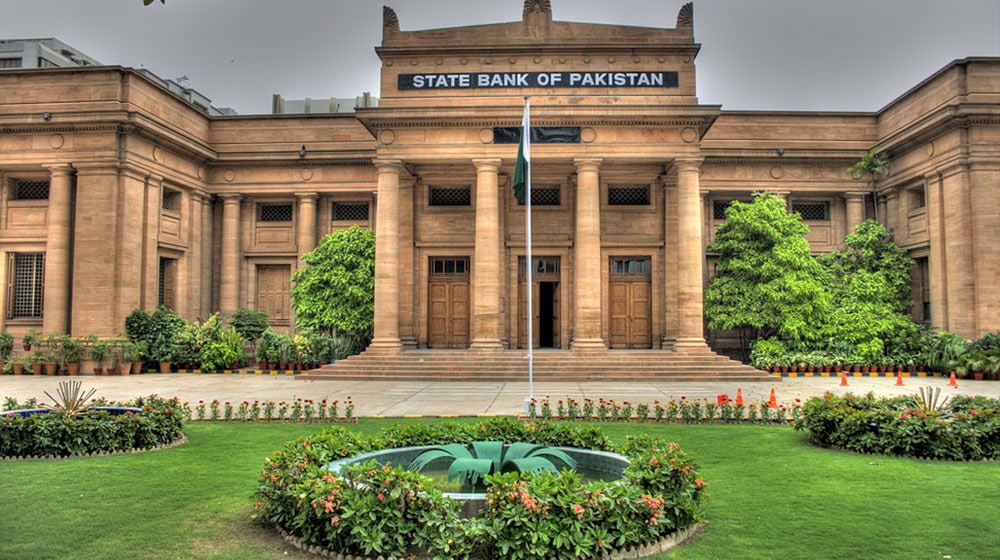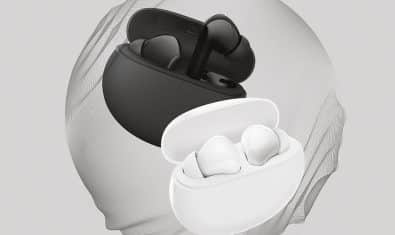The Monetary Policy Committee has decided to keep the policy rate at 5.75% for the next two months.
This is the ninth times when the policy rates have been kept at stable at the same rate, which is showing the economic stability could observe shocks such as rising pressure of external account due to ballooning deficit of current account.
According to the policy statement, the macroeconomic environment remains conducive to growth without impacting headline inflation.
Favorable initial estimates of major crops, a healthy growth in credit to private sector and growing productive imports all indicate solid gains in the real sector. On the back of adequate food supplies and stable international commodity prices, headline inflation decelerated in the first two months of FY18.
The pursuit of higher economic growth however poses growing challenges partly enunciated at the start of FY18. These include those arising from pressures on the external front and an expansionary fiscal policy.
The higher trajectory of economic growth has generated complementary external sector pressures. The current account deficit for the first two months of FY18 has widened to US$ 2.6 billion. This is primarily driven by higher imports of productive goods, especially of machinery, metal and petroleum products. The increase in import of these three groups was strong enough to offset the combined impact of healthy growth in exports and workers’ remittances during Jul-Aug FY18.
On the financial account front, foreign direct investments recorded a net inflow of US$ 456 million in Jul-Aug FY18, which is more than double the level of inflows in the corresponding period last year. This, together with other financial flows, was however not enough to manage the higher current account deficit.
Going forward, there are anticipations of gain in exports on account of favorable global economic conditions, improvement in domestic energy supplies, and incentives given to exporting industry.
Compared with information in July 2017, exports present an encouraging picture. However, imports are also expected to rise due to ongoing CPEC related investments and domestic economic activities, although at a slower pace than in FY17.
Amid declining number of workers proceeding abroad there are prospects of sluggish growth in workers’ remittances. Hence, an improvement in the country’s external account and its foreign exchange reserve relies upon timely realization of official financial inflows along with thoughtful adoption of structural reforms to improve trade competitiveness in the medium term.


























